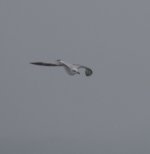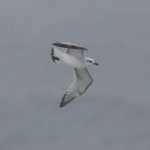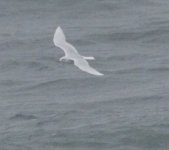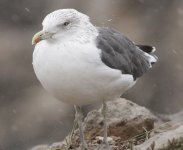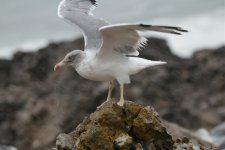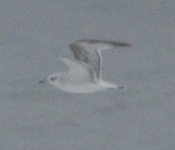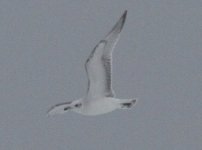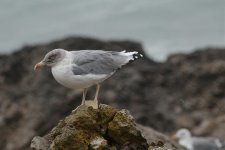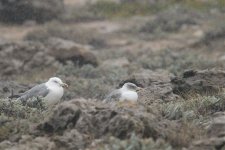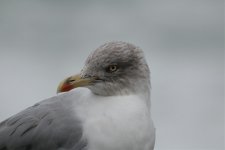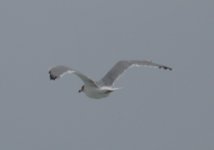Hi, sorry I cannot add anything really relevant to what's been said already on those very interesting posts above. Just some points:
- Azorean YLG might not be a rarity on the Portuguese coast, but we just don't know that for sure because the picture is muddled due to many factors; it has never been considered a rarity by the Portuguese rarities committee and that may also not stimulate people to try harder and submit records, etc. As the Azores are part of the country, the pressure and interest is not also huge to record a subspecies on the mainland that breeds "just in another part of the country". There are ID limitations that prevent this to happen as well, not enough literature, there isn't a very clear idea of how to ID safely individuals (more than recording "an individual showing characters of ssp. atlantis, etc). Say it's upgraded to a description rarity: how would people safely ID them in order to be sure their submission would be accepted and if a record was indeed submitted how would the committee members reach a safe conclusion (note I'm not part of the CPR for a few years now). Carl Baggott, among others, was very keen to look into this some years ago; some claims from him:
https://www.flickr.com/photos/carl_baggott/albums/72157712048784692
https://www.flickr.com/photos/carl_baggott/albums/72157700912620731
some "lusitanius" to compare:
https://www.flickr.com/photos/carl_baggott/albums/72157712096230061
https://www.flickr.com/photos/carl_baggott/albums/72157712320212422
Note the type specimen of lusitanius is from Peniche/Berlengas, and I'm not sure these are the same as in Cantabrian Spain, which might be relevant when searching for photos online.
There are fishing vessels going back and forth between the mainland and the Azores all the time, so I'd not be surprised if indeed it occurs regularly.
- the OP bird doesn't strike me as dark enough for a typical Azorean atlantis, but not all of them are on the extreme darker end of the spectrum in the Azores (so that per se is not conclusive).
Some examples and nice relevant info here:
http://gull-research.org/atlantis/1cyoct.html
http://gull-research.org/atlantis/atlantis5cy/5cyoct001.html
- re the Canarian "atlantis" gulls, I do believe that they may belong to another (not formally described) taxon, and not necessarily the same as the Azorean one (as Harry says above, the YLG taxonomy is probably still not fully solved, it's really probably a mess). I worked for a few years with Yellow-legged Gulls on the Selvagens islands (about 150 km N of Tenerife) and they never seemed quite right, especially on the upperparts colour (they were paler than typical Azorean); note I wasn't analyzing their plumage or studying their ID,
I was studying their diet, so perhaps I'd reach a different conclusion if I were doing a dedicated study and take this opinion with a grain of salt.
- there's an additional problem that may add some more confusion, which is the fact that lusitanius and L. fuscus graellsii produce hybrids in Portugal (e.g. Berlengas) and I'm not sure of how those look like once they become adults, and how diverse those hybrids are (it's a total question mark for me)
- so in the end I think I just contributed to muddle it a bit more, but as rosbifs asked for my opinion (PM) here you are

I'm sure (or least hope) other people who've looked into Azorean YLG in more depth than I have (which is: not a lot!) will contribute to this thread and perhaps clarify some of the issues I made worse!






